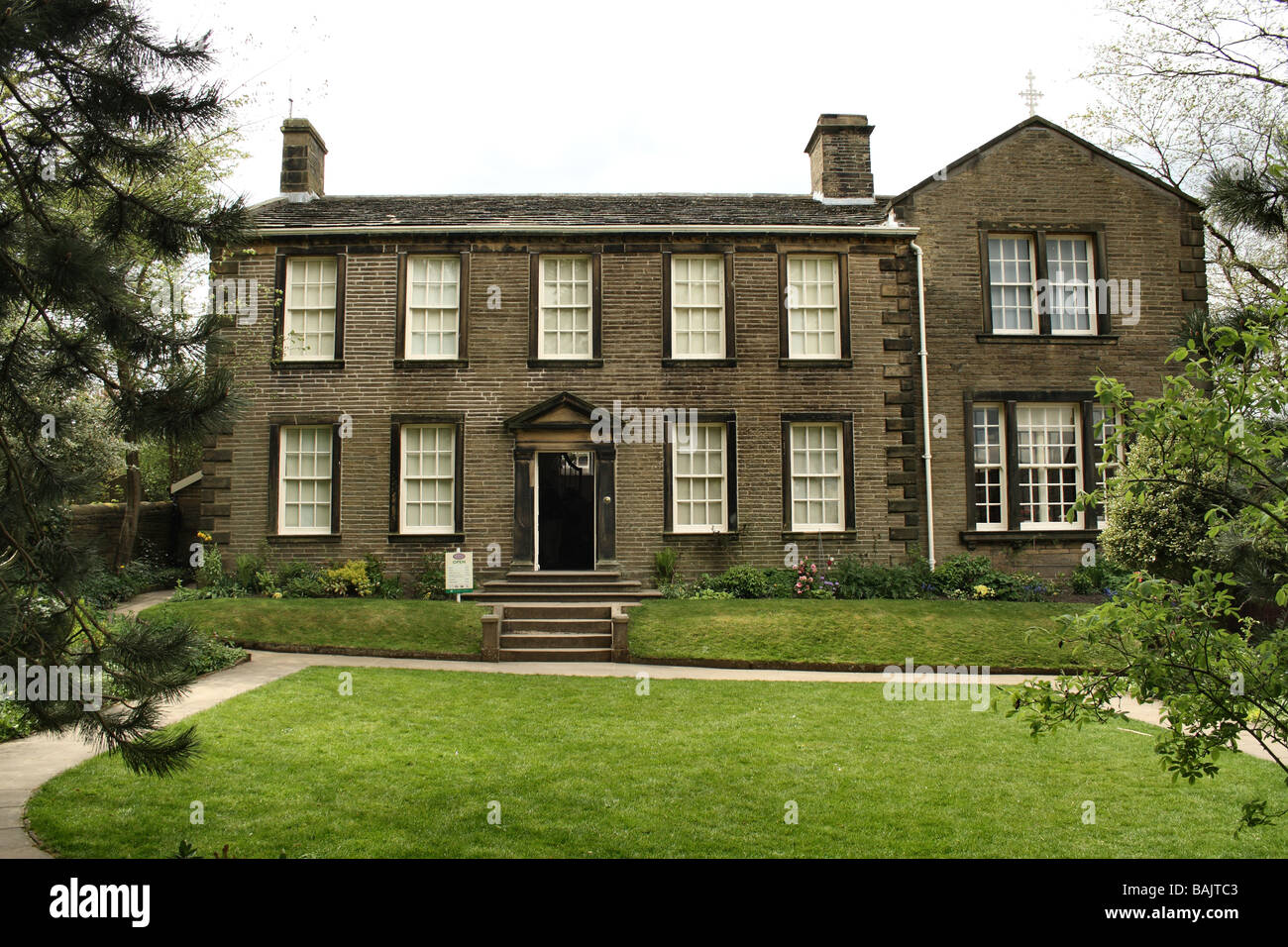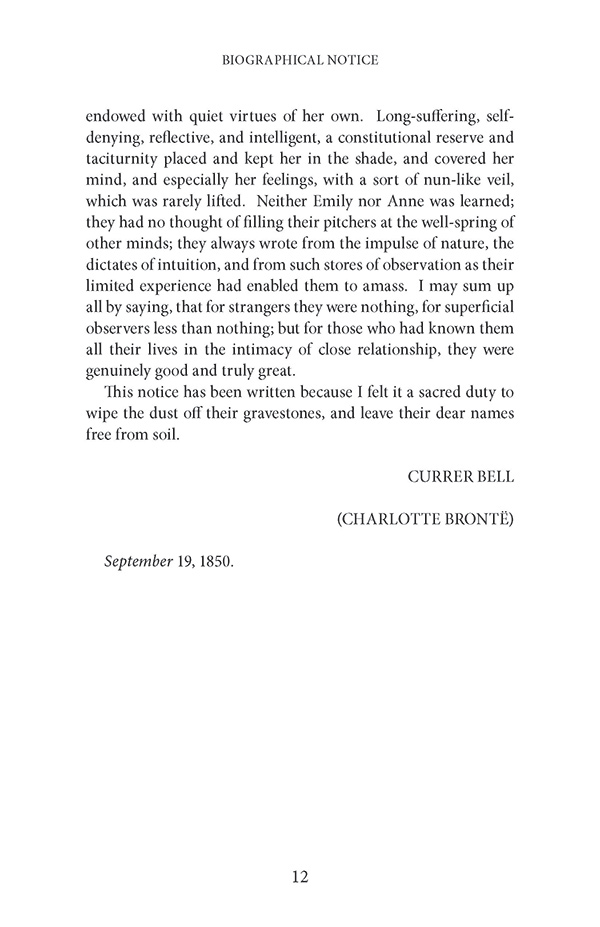
Charlotte showed her early works to England's Poet Laureate in 1836, Robert Southey. With her siblings (whom she helped educate), she was left to indulge in imagination and craft while their father was occupied elsewhere.

She started writing poetry early on in life. (Photo: © National Portrait Gallery, London, CC BY-NC-ND 3.0)īorn in 1816, Charlotte Brontë was the eldest of the family's surviving children. “Charlotte Brontë,” by George Richmond inĬhalk, 1850, NPG 1452. All four Brontë siblings would die tragically young. Unfortunately, Branwell-the second oldest sibling-struggled with drug and alcohol use which hampered his creative pursuits. Charlotte and Emily too were both talented artists, as can be seen in their surviving sketches and watercolors. Their brother, Patrick Branwell Brontë, was a painter and poet. The sisters would eventually return to the family parsonage in Haworth-which is now a museum in their honor. All three at some point worked as governesses and teachers, a job that all of them generally disliked. However, the girls had to work to help support the family once they were old enough. The children were well educated both at school and at home. Widowed when his children were young, he was by all accounts a rather eccentric and impoverished, albeit loving, father. Of the six children in the family, only four lived to adulthood. He was stationed at the village of Haworth on the Yorshire moors which would come to feature heavily in Wuthering Heights.

The father, Patrick Brontë, was a clergyman in the Church of England. The Brontë family was a well-educated and talented family, although not particularly high class. (Photo: DeFacto via Wikimedia Commons, CC BY-SA 4.0) The Brontë Parsonage Museum in Haworth, Yorkshire, England.


 0 kommentar(er)
0 kommentar(er)
